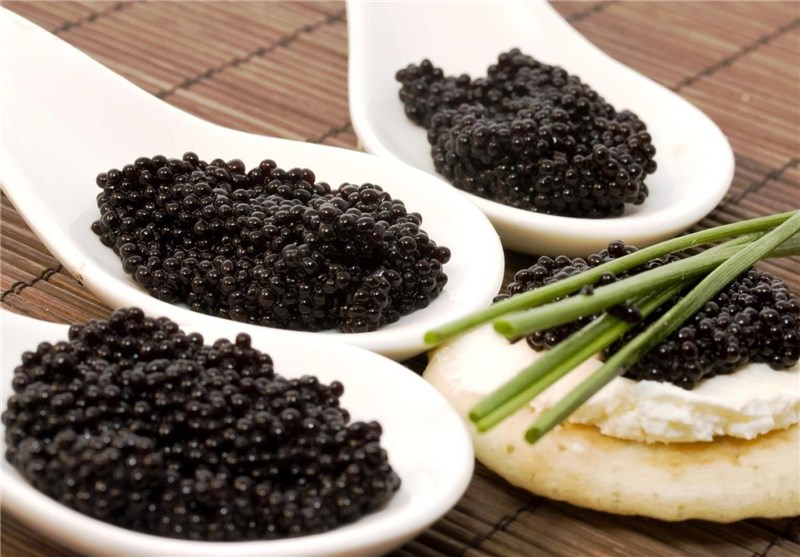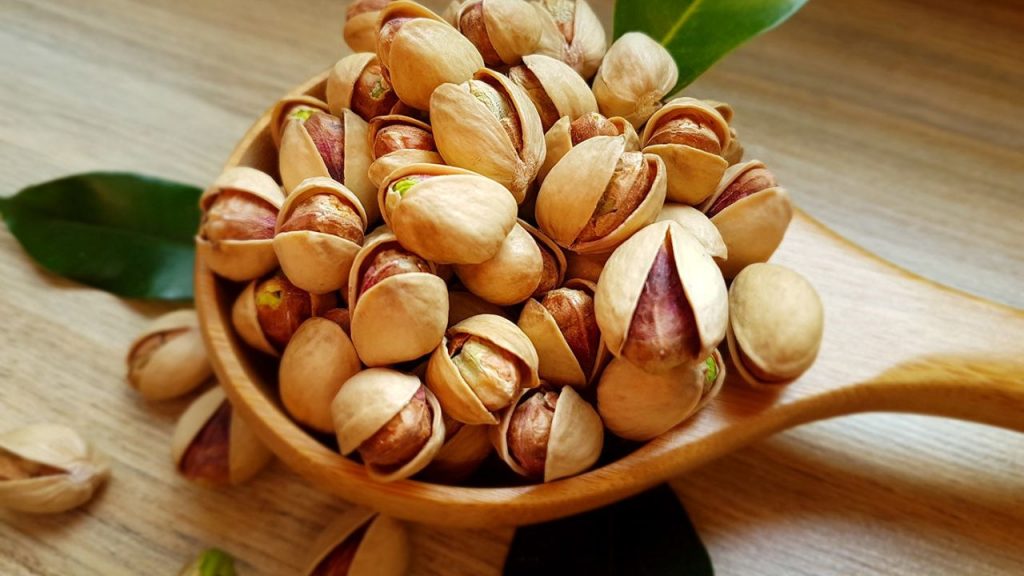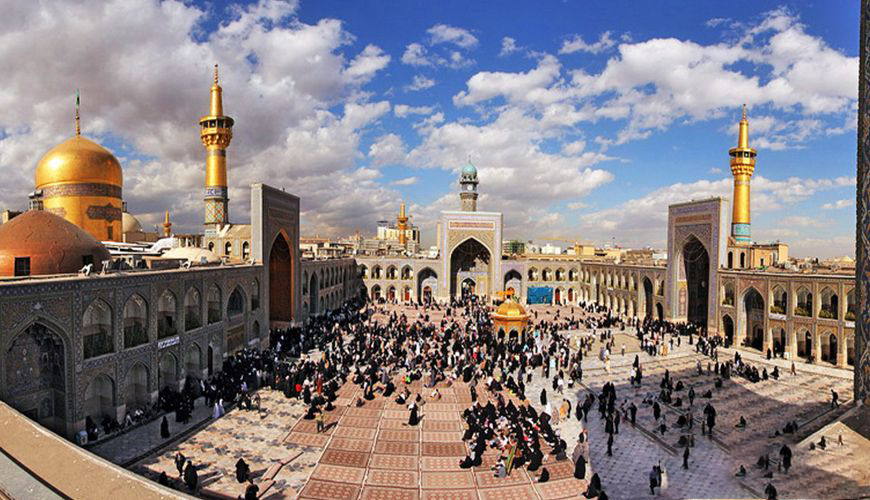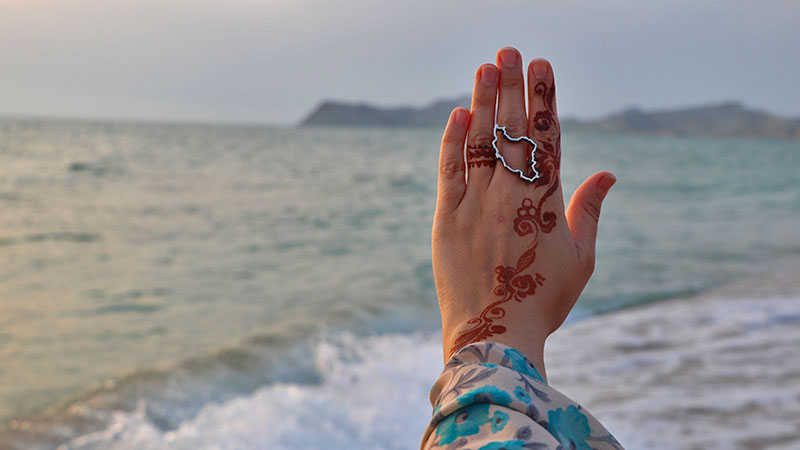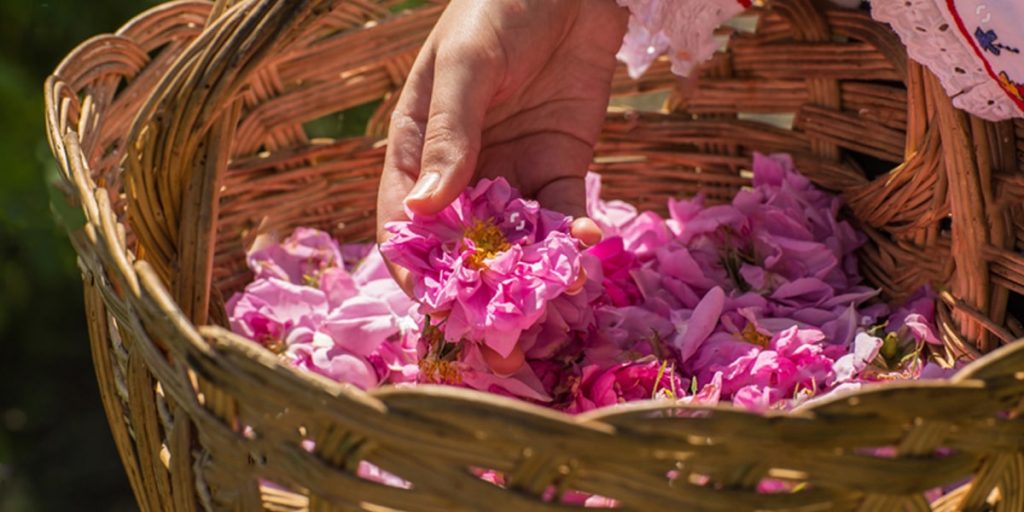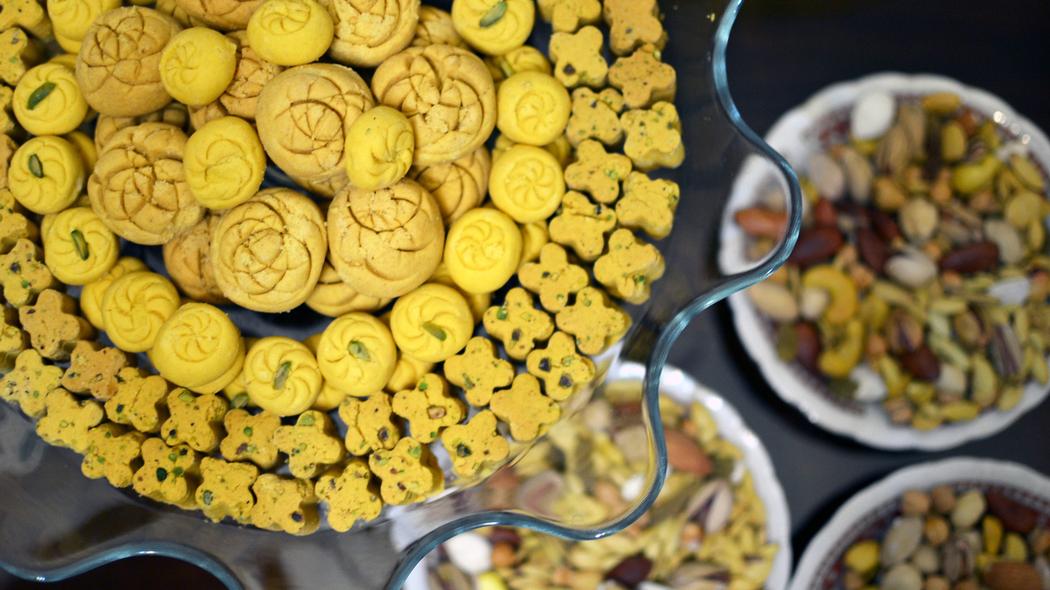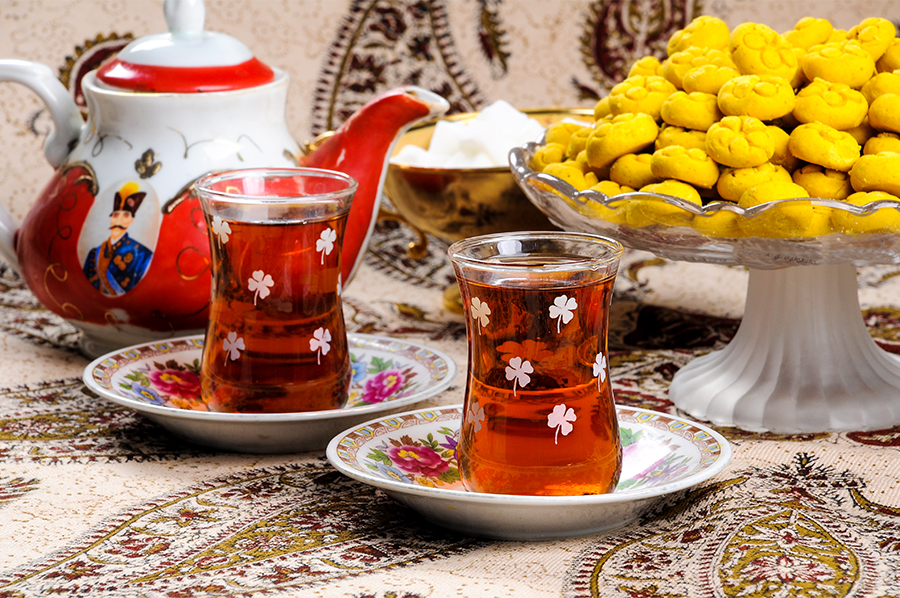Journal
2020 is the best time to travel to Iran
2020 is the best time to travel to Iran
Iran started the year with several rocky events. There were protests about rising fuel prices, a US drone strike on a major Iranian General, and the crash of a Ukrainian passenger flight.
Understandably, travelers are concerned about their safety and are asking if they should still travel to Iran or not. Considering the economical status in Iran, the country is tying to reassure travelers about their upcoming travel plans.
Here comes the question of the safety of traveling to Iran. Because of the nuclear plan of Iran, the USA and other foreign countries such as Europeans are isolating and putting sanctions on Iran. Traveling to Iran could be a unique experience.
There is always bad news about Iran but when you travel to Iran you can see how Iran is different. Iran has different rules and regulations such as wearing a hijab and not drinking alcohol either.
Still, the feedback of talking to Iran former travelers show that based on their experience with trustable Iran tours, not only your Iran travel would be safe but also your Iran tour guide would always be there to help you in an unexpected situation.
Notice:
Remember Iran is entirely safe to travel, but it is recommended to visit Iran trough an Iran travel agency, especially if it is your first Iran trip.
Geography:
Iran is a vast country and is especial in so numorous aspects. For example, if you are a desert lover, camel riding, and starry skies, Iran has the hottest desert in the world (the Lout desert). If you would like experience and see something new.
Iran has the world’s biggest water cave located in Hamadan, where Avicenna the guidon of modern medicine was born. You can explore this water cave with paddle boats.
If you are a climber and a fan of skiing, you should know Iran has the highest volcano in Asia (The Damavand mount) with 5,761 meters height located in the north of the capital of Iran, Tehran. And various sites that you can only visit in Iran like the highest wind catcher in the world in Yazd.
If like many other Iran visitors, you don’t want to miss any of these unique sights, as a pioneer in the Iran tourism industry.
Services:
Sinar Gasht Travel Agency offers the best services with the lowest prices compared to the other Iran travel agencies. You can also customize your Iran tour package and change the dates of accommodation or the sights you will be visiting.
if you don’t like the offered ones. We highly recommend taking a look at our website or contacting us directly. It is time to pack your bag for a romantic trip
Nowruz(Persian New Year)
The greatest Iranian Festival,
It is at least 3000 years that Iranian people celebrate the first day of spring when the Sun enters the point of Vernal Equinox as the beginning of Persian New Year.
Nowruz is one of the oldest national festivals of Iran surviving to the present day. It has played significant changes since ancient times. It is thus a means of maintaining cultural concord among Iranian plateau and the entire Persian speaking world.
Today, Nowrooz is celebrated in the same way in numerous parts of the globe. It is also revered by Iranians as a symbol of their national identity and cultural heritage.
The Red Gold of Iran
Saffron is dubbed as the Red Gold And The two famous provinces like Fars and Khorasan are the most important places where it is harvested.
Therefore, do not forget this valuable souvenir When visiting these two regions In Iran.
If you are in search of different flavors for cooking, besides Saffron, you can find other spices all around Iran.
Iran has also another comestible gold: By traveling to Northern cities of Iran, You will reach Caviar in the Caspian Sea, a valuable and delicious substance that can be precious present for your dear ones.
Caviar
Caviar is energetic nutrition that has a pleasant taste and smell. Mostly, the protein available in caviar made of Histamin, Isoleucine/Arsin, Lysine, and Methionine. The fat available in it is also divided into two major parts; 25 percent cholesterol and 75 percent Lecithin. More than 95 percent of sturgeon resources in the Caspian sea and Iran are responsible for managing the conservation, reproduction and releasing the fish. Annually Iran releases 20-22 million of sturgeon fish babies of the Persian sturgeon genus in the sea.
Pistachios
You have certainly heard about Iran’s pistachios. Iran is the largest producer and exporter of pistachio.
Iranian pistachio has also the best taste and quality among other producing countries like United States and Turkey.
Pistachio is a also a very important and rich source of protein, potassium, calcium and phosphorus.
There are different types of Pistachio such as:
1: Jumbo Pistachios(Fandoghi).
2: Round Pistachios(kalleqouchi).
3: Long Pistachios(Akbari, Ahmadaghaei, Badami).
4: Kernel and closed Pistachios.
Persian Carpet
The Persian Carpet(Qali) is an essential part of Persian art and culture. Carpet-weaving is undoubtedly one of the most distinguished manifestations of Persian culture and art.
The Persian carpet can be divided or classified into three groups.
1: Farsh/Qali (Sized anything bigger than 6*4 feet).
2: Qalicheh(meaning Rug, sized 6*4 feet or smaller).
3: Nomadic carpet,(Including Zilu, meaning rough carpet).
The art of carpet weaving is dating back to the ancient era in Iran plateau according to archaeologists.
one of the documents which prove this idea is, the 2500-years-old carpet named Pazyryk carpet dating back to 500 B.C during the Achaemenid period.
IRAN the land of Religions
Since ancient times, Iran has been called the land of religions. for hundreds of years, adherents of various religious faiths have been living peacefully in this country.
This is reflected in numerous buildings that survive to time from several ages.
Iran is the birthplace of the world`s earliest known monothetic faith, i.e. Zoroastrianism. It also has been home to many other religions such as Christianity, Judaism and etc…
For Example, Iran Jewish community is one of the oldest communities in the world.
Religious buildings are the embodiment of love, faith, and devotion of the followers and for this reason, one can find the finest examples of each era`s art in these buildings.
Iran is an incredibly rich country in terms of religious art. Iranian religious art stretches from the pre-historic times right to the present day. It began from the cave painting and pottery works of pre-history to cuneiforms of Achaemenid times and continues to the present day as wonderful architecture and ornamentations of Churches, Synagogues, and Mosques.
Persian Gulf
The Persian Gulf is the water passageway between the Arabian Peninsula and Iran.
The inland sea of some 233,000 Km ( The length is 1,000 Km, and the maximum with is 370 Km) is connected to the Gulf of Oman in the east by the strait or Hormuz, a maximum depth of 390 meters and an averaged depth is 50 meters. Its western end is marked by the major river delta of Arvand-Rood , which carries the water of Euphrates, Tigris and Karun.
The Persian name for this body of water was borrowed by almost all the old languages including Greek as the Persian Gulf and has been used every where since ancient times, for it signifies the first major nation-state in that area, namely the Persian Empire (Now Iran).
Countries with the coastline on the Persian Gulf are|: United Arab Emirates, Saudi Arabia, Qatar, Bahrain, Kuwait and Iraq.
The Persian Gulf and its costal area is the largest single source of crude oil and related industries dominate the region.
Medical Plants
The vast land of Iran is home to various kinds of herbs that grow each season in prairies and mountains of the country. You might have heard about Eastern medicine and cures with plants might be interesting to you.
In Iran, you can purchase these plants(Herbs) in traditional stores called Attari.
Iranian Rose Water (Golab)
One of the innovations of Iranians which has been in vogue for generations is rose water making and transforming medical herbs to drink.
Rose water is also used in cosmetics, sweets and perfume.
The most famous rose water making cities are Shiraz and Kashan.
Taste Iran’s Pastry
Usually all the tourists enjoy the experience of tasting new food and in Iran they can choose from various local pastries and foods as souvenirs. If you visit Nash-e Jahan(Imam square) in Isfahan, you van buy Gaz(Nougat) and pashmak(Cotton candy).
In Yazd city you can buy Baqlava and Qottab which are wonderful choices and in Qom never forget to buy Sohan.
Other pastries include Yukheh and Masghati Shirazi, Kak in Kermanshah, Ris an Noqa in Tabriz. Kolompeh in Kerman and the sweet Noghl or Nuql of Urmia.
Iranian Tea
Iran’s souvenirs are not limited to pastries. Iran’s tea is also all around the world and you can buy different kins of tea while visiting tea fields in north of Iran.
Most of these fields are located on hillsides of Iran like the farms in Darjeeling. These The colour of Iranian Tea is red and taste is fairly light and it is tasty even if you do not add any milk or sugar.
Lahijan is the first city in Iran to have tea plantation. Lahijan stands to have the largest area of tea cultivation in Iran.
Iranian Tea
Iran’s souvenirs are not limited to pastries. Iran’s tea is also all around the world and you can buy different kins of tea while visiting tea fields in north of Iran.
Most of these fields are located on hillsides of Iran like the farms in Darjeeling. These The colour of Iranian Tea is red and taste is fairly light and it is tasty even if you do not add any milk or sugar.
Lahijan is the first city in Iran to have tea plantation. Lahijan stands to have the largest area of tea cultivation in Iran.
Uramanat Village
Uramanat Village owns a unique rural texture, architecture, lifestyle and agriculture. A As a prominent example of the integration of man into nature, the inhabitants integrated themselves into nature through the utilization of sharp slopes in agriculture.
Its authenticity and integrity can be seen in three contexts: language and dialect, lifestyle and its social administration that has a historical start point (a bas-relief) that cannot be seen anywhere else.
Uramant or Uraman Takht (also known as Huraman, Avroman, Owraman, Owraman Shahr, and Shehr-e-Avroman) is a village in Uraman Takht rural district, Sarvabad county, Kurdistan Province.
It has been said to be a source of original Iranian and rich Kurdish art and culture from the days of yore. Thanks to the preservation of its heritage, architecture, and a unique traditional religious ceremony, namely ‘Pir Shalyar’, Uraman Takht village is known as one of Iran’s most impressive villages.
The name Huraman is derived from -hura and -man. Man means place or land; and Huraman is thought to mean the “Ahurayi land or the place of Ahura Mazda” or higher divine spirit.
According to the people’s belief, Uraman used to be a big city and of great importance in the past, hence it was known as Takht (meaning throne) or the center of the government.
At an altitude of 1450 meters above the sea level, the village enjoys mild weather in spring and summer, and cold weather during fall and winter. Uraman is a vast and mountainous area of Zagros mountain which includes the entire south of Kurdistan Province, and Uraman Takht village is a part of it.
The village is located on a steep slope facing the northern side of the Uramanat Mountain. Therefore, just like Masuleh village in Gilan province, it has a dense and step-like residential area adding to its beauty and attractiveness.
The roof of each house forms the yard of the upper one, and the walls are made without using any mortar, just by artistically putting pieces of stone on top of one another.
Tourist attractions of Uraman are not limited to the aforementioned.
This region is one of the most fascinating areas in natural attractions, some of which are the large and deep river of Sirvan, Uramanat Mountains, fruit gardens, numerous waterfalls.
This amazing place was registered on the UNESCO world heritage list in the 44th session of the World Heritage Committee, in China’s Fuzhou. Iran is a country that must see and has a lot of beauties and places for traveling and spending time.
NEW UNESCO WORLD HERITAGE SITE IN 2021 FOR IRAN
Cultural Landscape of Hawraman/Uramanat
Iran with 24 UNESCO World Heritage Sites and 2 Natural sites is among the top 10 countries with the most Cultural Heritage Sites in the UNESCO’s World Heritage List in the year 2021.
It is interesting to know that by 2020, more than 1120 sites have been listed on the UNESCO World Heritage and millions of tourists visit these fascinating sites and monuments annually.
As you know, World’s Cultural Heritages belong to the whole world not only to one country.
It’s also worth mentioning that the places listed on this list belong to all humans on earth, regardless of race, nationality, religion, and it is the duty of states and governments to make every effort to protect and preserve these monuments.
In 2021 The UNESCO granted world heritage status to Uramanat of Iran which holds hundreds of villages, 106,000 hectares of land, and 303,000 hectares of surrounding properties, during the 44th session of the World Heritage Committee, which ran through July 31 in China’s Fuzhou.
Stretched on the slopes of Sarvabad county, and shared between the provinces of Kordestan and Kermanshah, the rural area embraces dense and step-like rows of houses in a way that the roof of each house forms the yard of the upper one, a feature that adds to its charm and attractiveness.
Last September, Hessam Mahdi, the representative of the International Council on Monuments and Sites (ICOMOS), announced that the case for the inscription of the Uramanat cultural landscape on the prestigious list had been well prepared and he was “impressed” by the status of the rural landscape.
He made the remarks on the sidelines of a visit to the western province of Kermanshah. “I am proud of being chosen to assess the case and traveling to Iran as I could visit the local people in the region,” he said
Local officials believe that inscription of the property on the prestigious list of the UN body could jumpstart tourism in the region and also look at it as a tool for better conservation of its natural landscapes and unique cultural scenes for the next generations, saying its unique rural texture, architecture, lifestyle, and agriculture is a prominent example of the integration of man into nature.
The Islamic Republic of Iran expects to reap a bonanza from its numerous tourist spots such as bazaars, museums, mosques, bridges, bathhouses, madrasas, mausoleums, churches, towers, and mansions, of which 26 being inscribed on the UNESCO World Heritage list.
Under the 2025 Tourism Vision Plan, Iran aims to increase the number of tourist arrivals from 4.8 million in 2014 to 20 million in 2025.
The latest available data show eight million tourists visited the Islamic Republic during the first ten months of the past Iranian calendar year (ended March 20).
